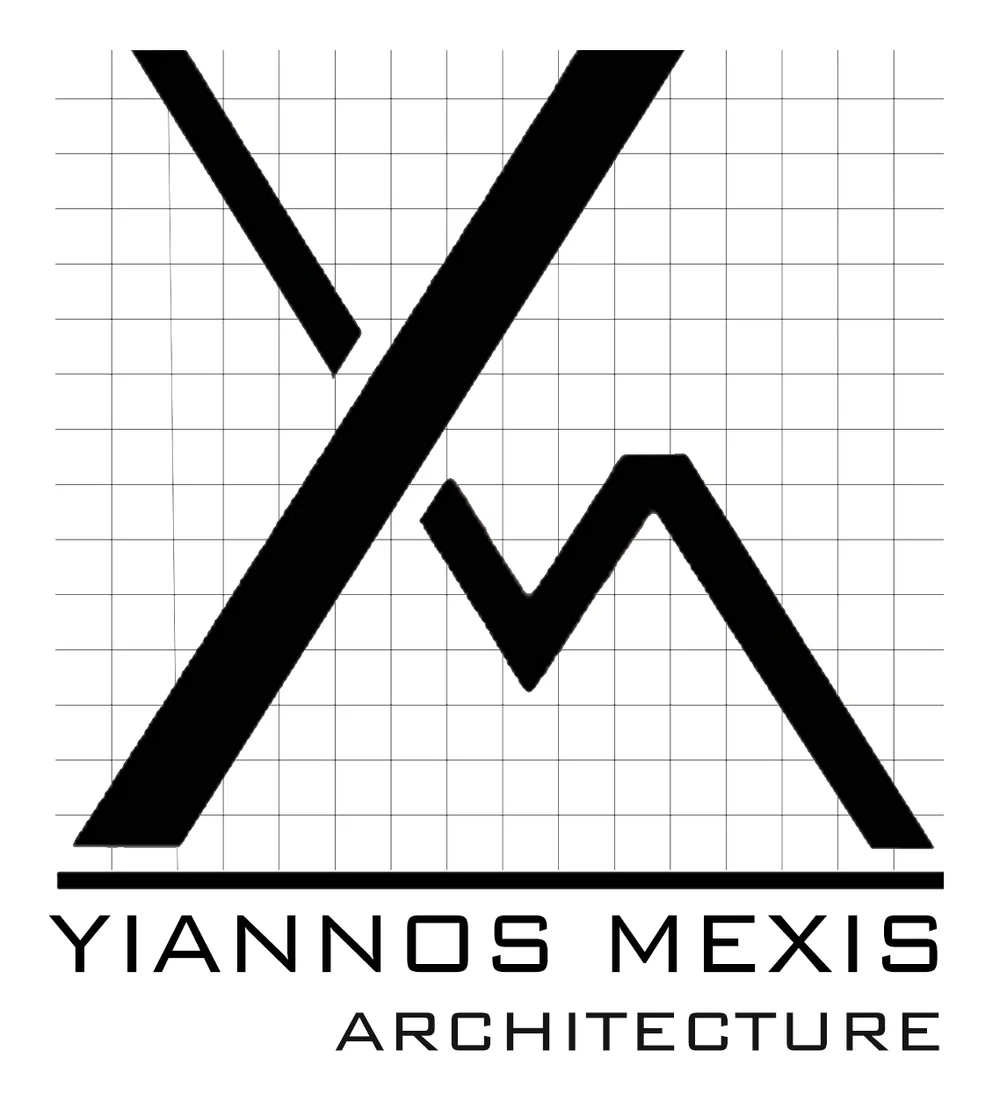THE ICING ON THE CAKE: LARGE SCALE MUSEUM EXTENSIONS TO HISTORIC BUILDINGS
ABSTRACT
This dissertation investigates how historic buildings are conserved and revitalized by extension projects. More specifically, it is about large scale contemporary museum extensions to historic compositions. The investigation of the topic is achieved through a series of case studies based on three different types of extension projects: “Juxtaposing free-standing extensions”, “Weaving extensions” and “Homogenous free-standing extensions”.
Through the first category we will investigate: the Royal Ontario Museum by Daniel Libeskind (2007), MAXXI Museum by Zaha Hadid (2010) and Stedelijk Museum by Benthem Crouwel Architects (2012). All three of these extensions, are examples of bold interventions that contrasts both the historic building and their context and have become landmarks in the cities they are located in.
In the second category, we will examine: the Neues Museum by David Chipperfield (2009) and Tate Modern by Herzog and de Meuron (2000). Both extensions are in direct relation with the existing building. The architects’ interventions are respectful towards the existing composites, giving the existing building a refreshed appearance.
In the last category we will explore: the second extension project to Tate Modern by Herzog and de Meuron (2016) and the James Simon Gallery by David Chipperfield (2017). Both of these free standing extensions are cases of interventions that respect the existing building and their context but still manage to stand out of their context on a deferential manner.
In the last part of this thesis, assumptions will be provided, according to the following questions, asked within this essay: what are the main themes that emerge in extension projects; what is the importance of historic buildings; finally, what are the reasons for their conservation and revitalization.
